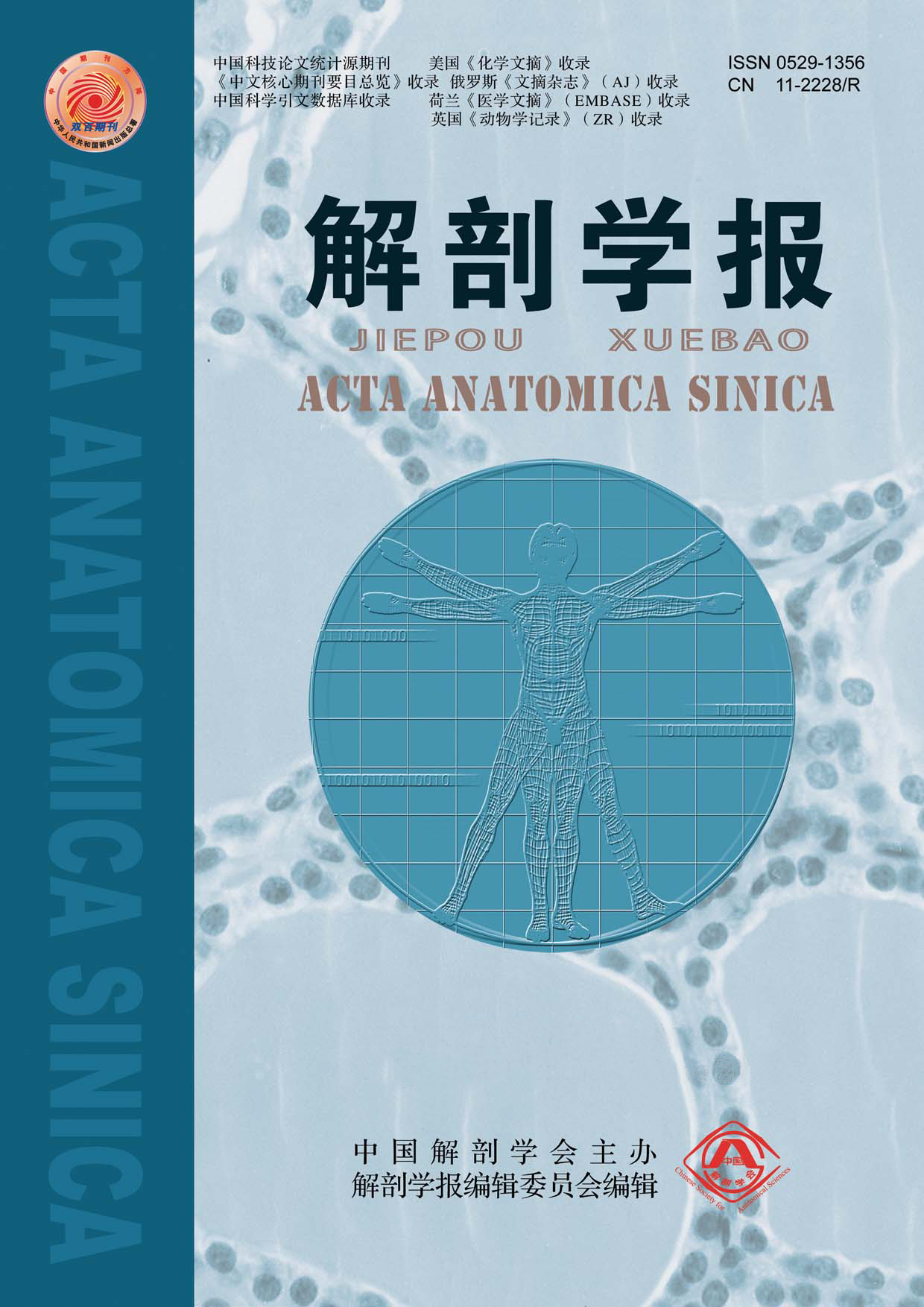Objective To explore the localization of neuroglobin (NGB) in adult simmental tissues and cells. Methods Five health adult simmentals were used in this study. NGB expression in adult simmental tissues and cells was localized using the immunohistochemical SP technique. Results NGB-positive cells were distributed in tissues and cells of the cerebral and cerebellar cortex, olfactory bulb, hippocampus, spinal cord, adrenal cortex and medulla, hypophysis, pineal body, pancreas, testis, epididymis, ovary, uterus, stomach, intestines, liver, submandibular gland, parotid gland, cardiac muscle, spleen, lung and kidney, NGB-immunoreactive product was mainly located in the cytoplasm of these cells. In addition, the expression of NGB-positive in duodenum intestinal crypt cells was higher than that the expression of glandulae duodenales cells in simmental. Conclusion The widely expression of NGB in various organs, tissues and cells of the adult simmental suggest that NGB not only plays a role in the utilization of oxygen and physiological functions, there may have other important functions.


